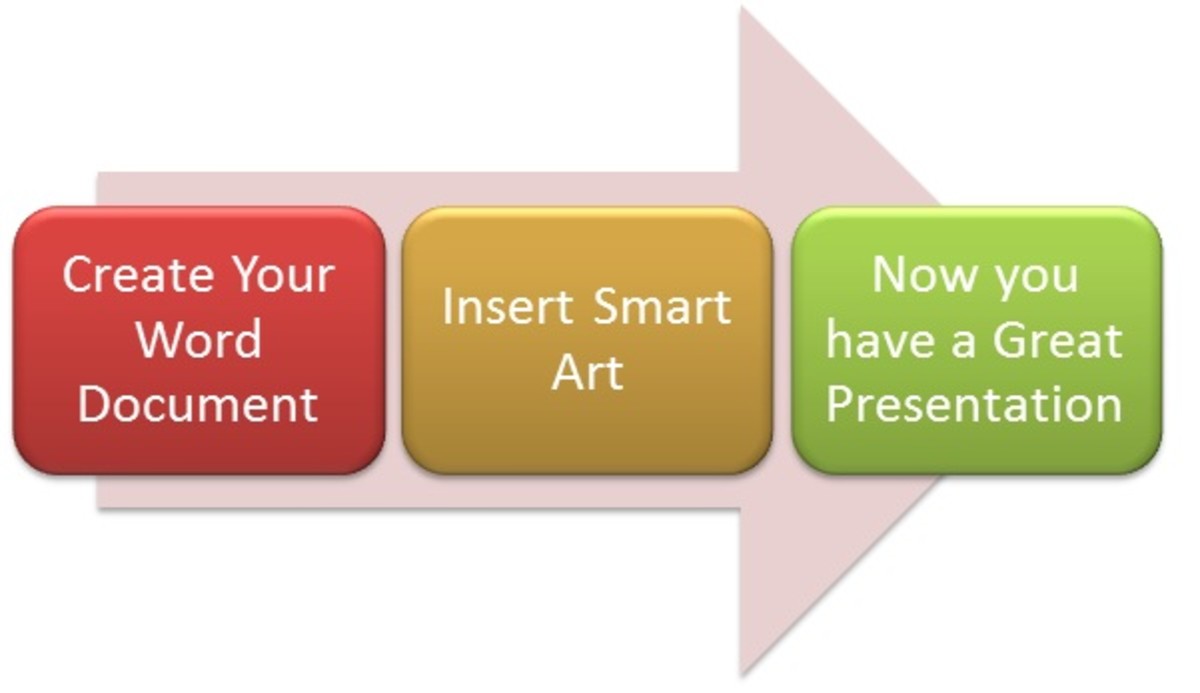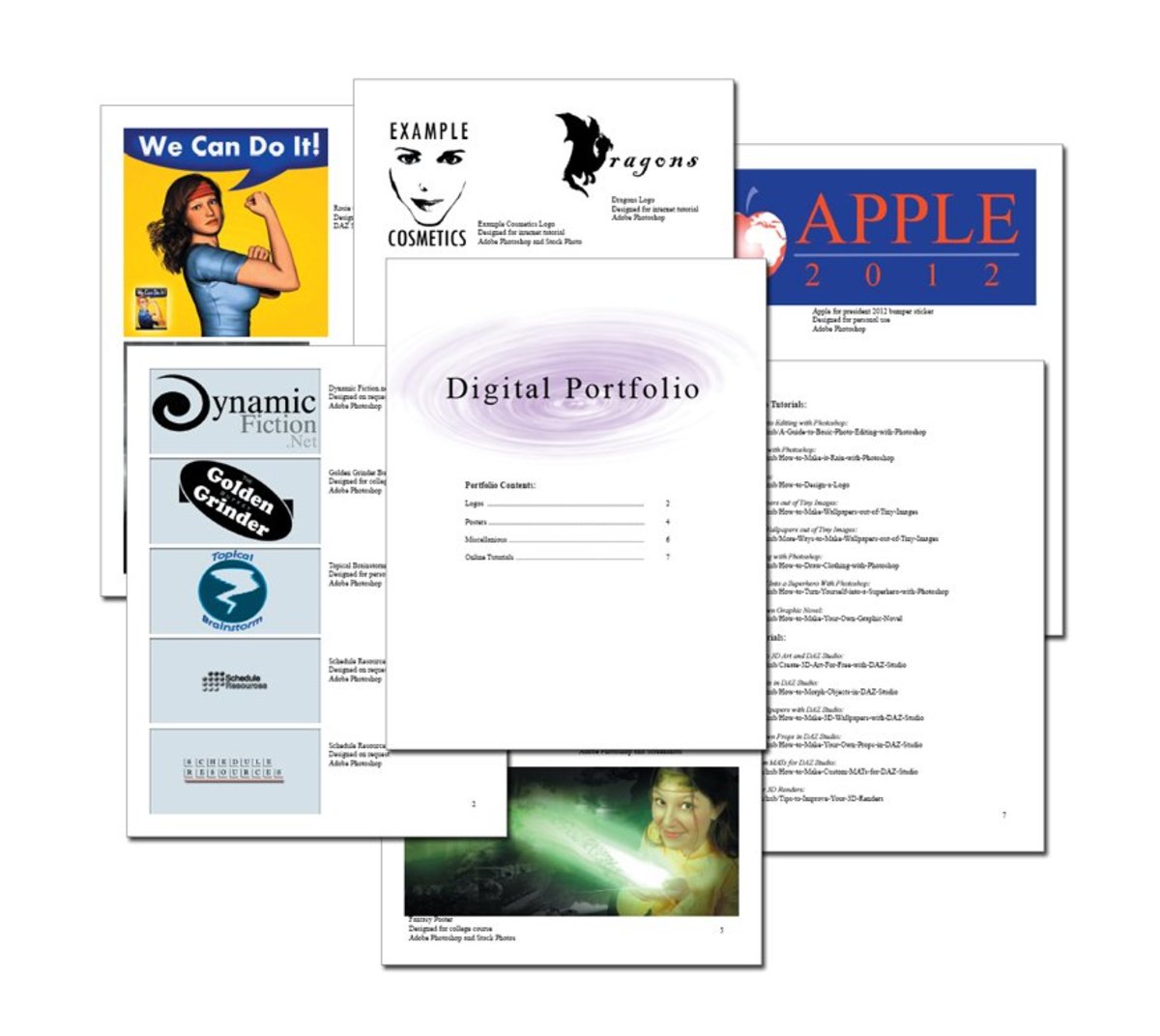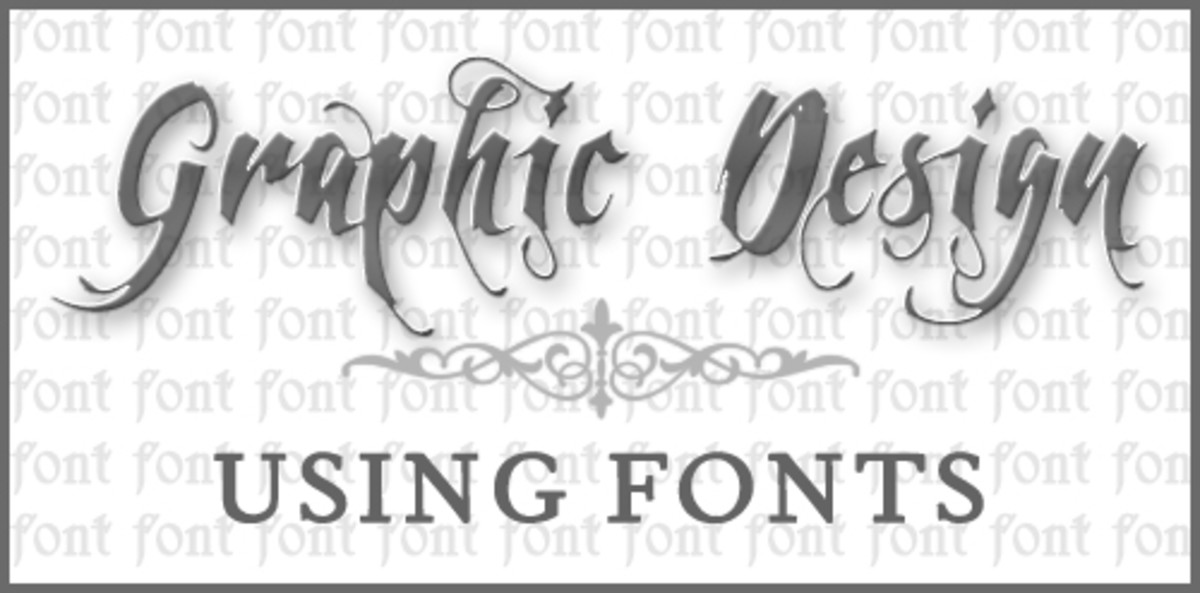How To Design A Logo - The Ultimate Resource
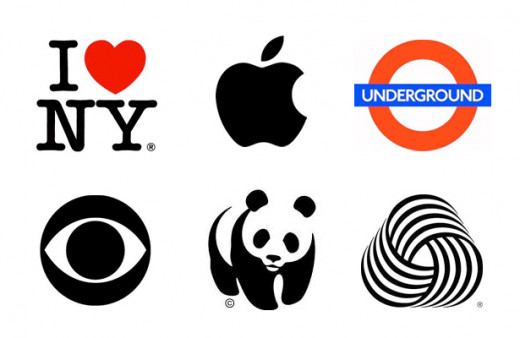
A logo is an important part of business branding, and should be taken very seriously. Logos can make or break a company's image, so careful attention should be paid in developing a great logo graphic that is easily recognizable from the public, but also reflect the core principles of your organization. This article will summarize some basic information that will help you on your way to creating a lasting logo for your company.
What is in this article?
- What is a logo?
- Why is a logo important?
- Should I design it myself or get it professionally designed?
- Five steps to designing your own logo
What is a logo?
A logo, in its broadest sense, is a mark or graphic that represents an organization to the public. It can be a shape, image, text or a combination of any of the above. However, a logo goes beyond simply acting as a visual marker for your company. A logo must represent your business’ identity, and communicate your product, values and goals to the public through a simple, recognizable graphic. Essentially, a logo is the core principles of your company, summed up in one little graphical package that the public will use to identify with your company.
Why is a logo important?
A logo is important, because it gives the public a way in which to identify with your business. It also provides the opportunity to advertise discreetly through the distribution of e-mails, flyers, signs, websites, etc.. by incorporating your logo or branding colours into it. People tend to be very visually-minded, meaning that they identify with simple graphics, colours, or short phrases more than a company name. Having a great logo really allows you to create that bridge between your company and the consumer or public.

Should I design it myself or get it professionally designed?
There are many professional logo design companies out there, but for a small business or an organization that is just starting out, sometimes the finances aren’t there to splurge on professional logo design. That’s ok, because with the proper approach and understanding, logo design can be easily done in-house. In order to design your logo yourself, you should follow the following five steps that are designed to help you create a meaningful logo for your company.
Be careful, however, as it can be hard to change a logo once the public identifies with it. Be sure that you choose something that reflects the core principles of your company, and that the logo will not become less desirable to you when current trends pass.
Logo Design Software:
5 steps to designing your own logo
1. Understand your branding and identity
Every business has their own unique identity; service, staff, personality and goals all give each and every business their own unique spin.
Before even beginning to think about logo design, it is essential to have a complete understanding of what your business identity is. This will allow you to create a logo that will communicate this identity to the world. Questions you should ask yourself that will help you define your business identity are:
- What is the purpose of my company?
- What personality traits so I want my business and staff to portray?
- Who is the target audience? Children, teens, adults, seniors?
- Will the business continue to grow, or will it remain steady?
- Is our business concerned with improving lives? Making money? Being creative?
Once you’ve answered these questions, you may now have a better understanding about what your business identity is. Your logo should reflect this identity in an easy to understand and graphically stimulating way.
2. Basic understanding of software
If you’re going to go about designing and building your own logo without the help of a professional, then you’re going to need to have a basic understanding of certain software. There is a range of software out there that is suitable for logo design, but you should restrict yourself to vector software rather than raster software.
Vector software creates lines and shapes based on mathematical formulas, so when you zoom in closer or farther away, your image will always appear the same and will not pixelate.
Raster software, on the other hand, creates lines and shapes with pixels, so when you blow your logo up to a large size, it will become very pixelated.
The most popular software that works with raster images is Photoshop – and while Photoshop is really great software, you should avoid it for logo design purposes. Some great vector software that works great for logo design is Adobe Illustrator or CorelDRAW.
3.Choosing a graphic that makes sense
This may seem fairly basic, but you’ll be surprised how many business chose inappropriate graphics for their logo. It is so important to be conscious of choosing an image, shape or text that directly relates to your business identity, so that people will be able to make the connection between you and your logo. For example, a building design company may have a logo that looks like a pencil, which is meant to symbolize their medium for drawing. However, when looking at a pencil, people might naturally associate it with school, learning or writing. You don’t want to confuse the public with symbols that already have strong associations, unless your company really identifies with those associations. A cursive writing school, for example, may benefit from having a logo that looks like a pencil.
The graphic should be simple, identifiable, and easy to recognize. The Nike swoosh is a great example of a simple graphic logo that is easily identifiable, and very simple produce.
Let’s think back to the example of a building design company. A complicated graphic of a house complete with window mullions, house plants and siding material may not be appropriate as a logo, because it is overly complex and doesn’t mean a whole lot to the target audience. A simple outline of a house with a simple sun shape peeking behind it may, on the other hand, be a great logo because it is simple, easy to recognize, and reflects a positive attitude regarding houses. When someone looks at that logo, they will automatically think: “house, sun, bright, home, cheerful…”. The saying “a picture can say a thousand words” applies directly to logo design, and should be kept in mind when brainstorming for graphic ideas.
4.To text or not to text
If you choose a graphic and find that it is still missing something, then perhaps a word or two of nicely designed text will enhance your logo. Be careful to distill the text down to one or two meaningful words, as too much text will clutter the logo.
Also, bear in mind that mottos do change, and sometimes putting text within a logo is not the best idea. I would recommend sticking with a graphic only, but if you have a strong message or the name of your company is very symbolic, then go ahead and include the text. Just be mindful to keep it simple, graphically organized, and easy to read.
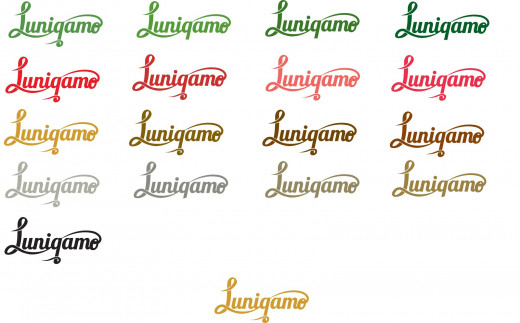
How many colours do you think a logo should have?
5.Appropriate colours
Choosing colours for your company branding can be exciting, but also should take a lot of thought. It is recommended that companies have a series of colours that work together, to consistently use on letterheads, graphics and webpages so that people will begin to identify those colours with your company.
When it comes to logo design, keep the colours simple and don’t use more than 2 or 3, if possible. Choosing 1 single colour for the logo is best, as it will help the public identify with your company better, but more can be used is desired. When choosing a colour, you must be very conscious of who your target audience is. If your company involves making shoes for children, then perhaps soft pastel or neutral tones would be best. If your company is involved with generating graphics for up and coming video game companies, then more vibrant and urban colours may be used, such as neon green or deep red. If your company provides health assistance for elderly people, then soft neutrals or calming colours such as green or blue would be more appropriate.
Colours are such an important part of branding, but should be the last step in developing a logo. Once you’ve determined the image, any text if at all, then go ahead and carefully choose a colour that reflects your core principles of your company, and apply it to the logo. This can be the most exciting part, but always be smart about your colour selection, and try to stick to a small number of colours that work well together and with your branding.



